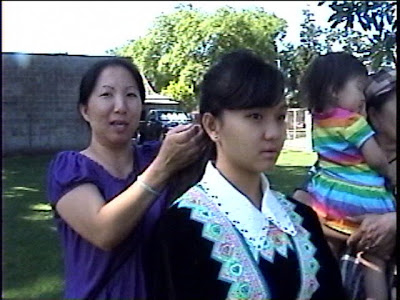
How many of the thinkers pictured above can you identify? Each of them made a name for himself or herself and had an influence that continued well beyond the time after they departed. The answers are at the bottom. But first, some quotes from an essay by Neal Gabler which are intended to provoke and pique your interest in the full multi-thousand-word essay from the New York Times Sunday edition:
"Ideas just aren't what they used to be. Once upon a time, they could ignite fires of debate, stimulate other thoughts, incite revolutions and fundamentally change the ways we look at and think about the world."
"The ideas themselves could even be made famous: for instance, for "the end of ideology", "the medium is the message," "the feminine mystique," "the Big Bang theory," "the end of history."
"If our ideas seem smaller nowadays, it's not because we are dumber than our forebears but because we just don't care as much about ideas as they did. In effect, we are living in an increasingly post-idea world . . . "
" . . . we live in a post-Enlightenment age in which rationality, science, evidence, logical argument and debate have lost the battle in many sectors, and perhaps even in society generally . . ."
"An artist friend of mine recently lamented that he felt the art world was adrift because there were no longer great critics like Harold Rosenberg and Clement Greenberg to provide theories of art that could fructify the art and energize it."
[Answers to quiz: Top row from left: Marie Curie, Albert Einstein, George Washington Carver and Betty Friedan. Bottom row from left: Charles R. Drew, Germaine Greer, John Maynard Keynes and Marshall McLuhan. ] You might have to paste the URL below into your browser if it does not appear as a blue link.
http://www.nytimes.com/2011/08/14/opinion/sunday/the-elusive-big-idea.html?_r=1&scp=1&sq=Neil%20Gabler&st=cse
 Just what are they teaching our kids in school these days?
Just what are they teaching our kids in school these days?
 - In France. Provence.
- In France. Provence.
 - Outdoor dining in Provence.
- Outdoor dining in Provence.
 Here, Ronda Sanders demonstrates exactly how she likes to arrange the table for the Acorn Pounding activity when Haggin docents travel to the Third Grade classrooms. Ask her about her system.
Here, Ronda Sanders demonstrates exactly how she likes to arrange the table for the Acorn Pounding activity when Haggin docents travel to the Third Grade classrooms. Ask her about her system.
 Little Scientists: These children are attending the first annual UCSF summer science camp where kids learn basic concepts of the scientific laboratory. In this case, how gases behave.
Little Scientists: These children are attending the first annual UCSF summer science camp where kids learn basic concepts of the scientific laboratory. In this case, how gases behave.




























